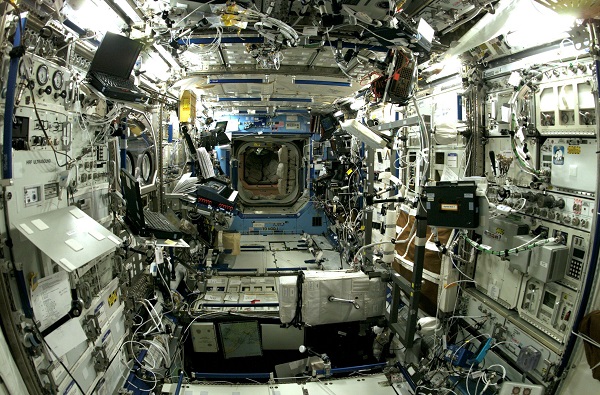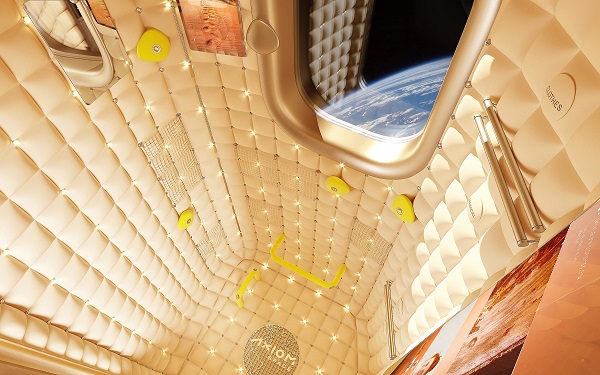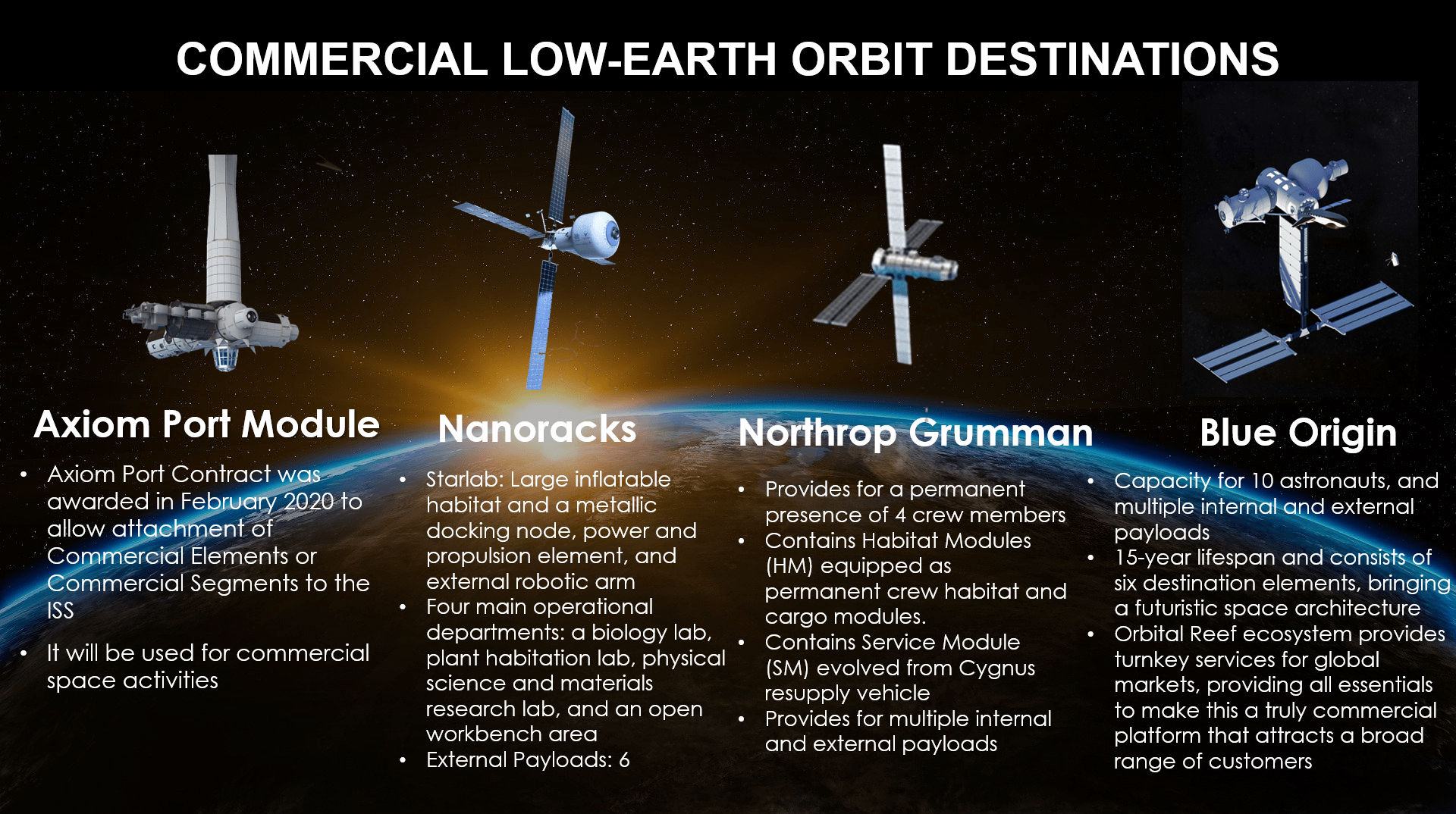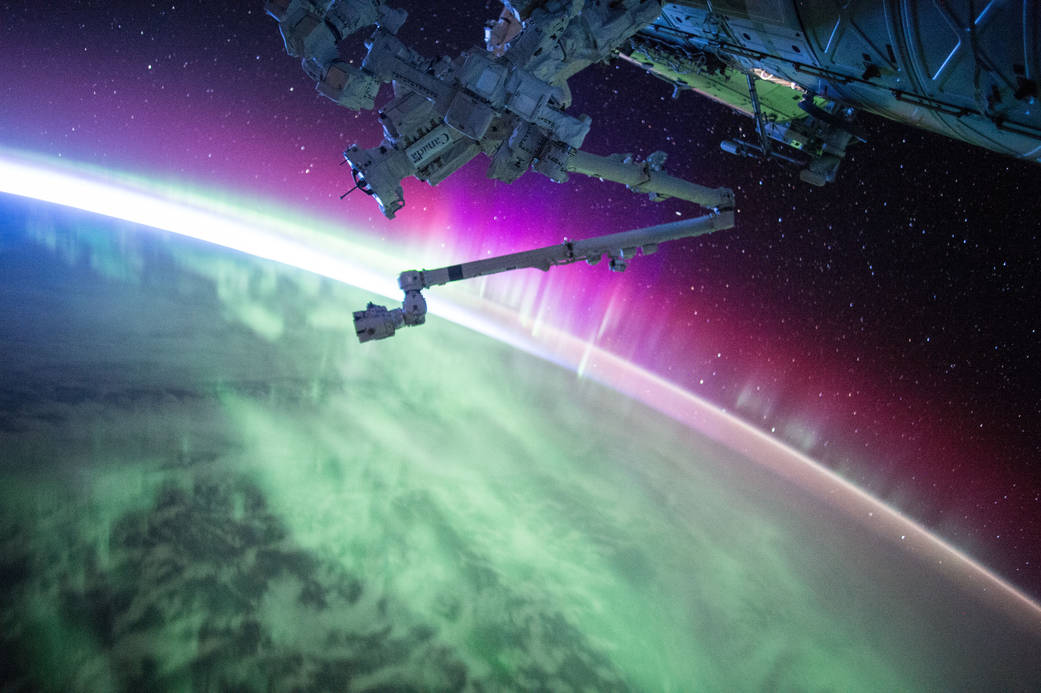Over two decades ago, NASA and an international team of space agencies began something long dreamt of and quite remarkable: a permanent human presence in space aboard the International Space Station. About the size of a football field, the orbiting laboratory and human habitat is a bastion of science and discovery where research is making life better on Earth and paving the way to the Moon and Mars.
In the coming years, NASA’s microgravity research, technology demonstrations, and astronaut training for complex missions in low-Earth orbit will continue in preparation for human missions far from our home planet. To continue a sustainable presence in low-Earth orbit, an exciting future has emerged: not just one, but many space stations in this decade. NASA will be one of many customers of commercial space destinations operated by private companies.
The International Space Station is often described as the size of a six-bedroom house where every nook and cranny serves a purpose for scientific discovery or to comfortably house astronauts. Future space destinations will likely be smaller in size – like an apartment or townhome – and serve more specialized purposes, making them less costly for a commercial company to operate and maintain, a critical way to make space accessible to more people and organizations. And thanks to advanced technologies and hardware, they’re expected to require less maintenance, making ongoing operations far less costly.
While individual commercial space stations will have more niche, specialized uses, the capabilities of future space destinations overall will become much more versatile. Right now, the International Space Station is primarily focused on scientific research and technology demonstrations, making it more akin to a lab where astronauts live and work amongst scientific equipment. Some future commercial destinations will contain the lab equipment that NASA needs to advance its mission in low-Earth orbit. Non-NASA space travelers flying to low-Earth orbit, like private individuals or companies, may seek out commercial space stations that serve as hotels or perhaps even a movie studio to shoot a film.
Size will be a big cost-saving factor for commercial companies and will free up NASA resources. Because commercial destinations will be owned and operated by commercial companies, NASA will only need to pay for the services it requires. Instead of owning the high-tech townhome and worrying about the electric bill or property tax, the agency would be one of many customers booking stays when needed.
NASA has recently taken some of its first major steps to make commercial space stations in low-Earth orbit a reality. In 2020, the agency selected Axiom Space to provide a habitable commercial module to attach to the International Space Station. In December 2021, NASA awarded space act agreements to Blue Origin, Nanoracks and Northrop Grumman to develop free-flying destinations. Both efforts will help mature commercial designs and lay the groundwork for NASA to be one of many customers purchasing services in low-Earth orbit.
These efforts will span well beyond low-Earth orbit. With robust commercial operations making space ever more accessible, NASA and its partners can turn their attention and resources to landing the first woman and first person of color on the Moon and building a long-term presence there.





























